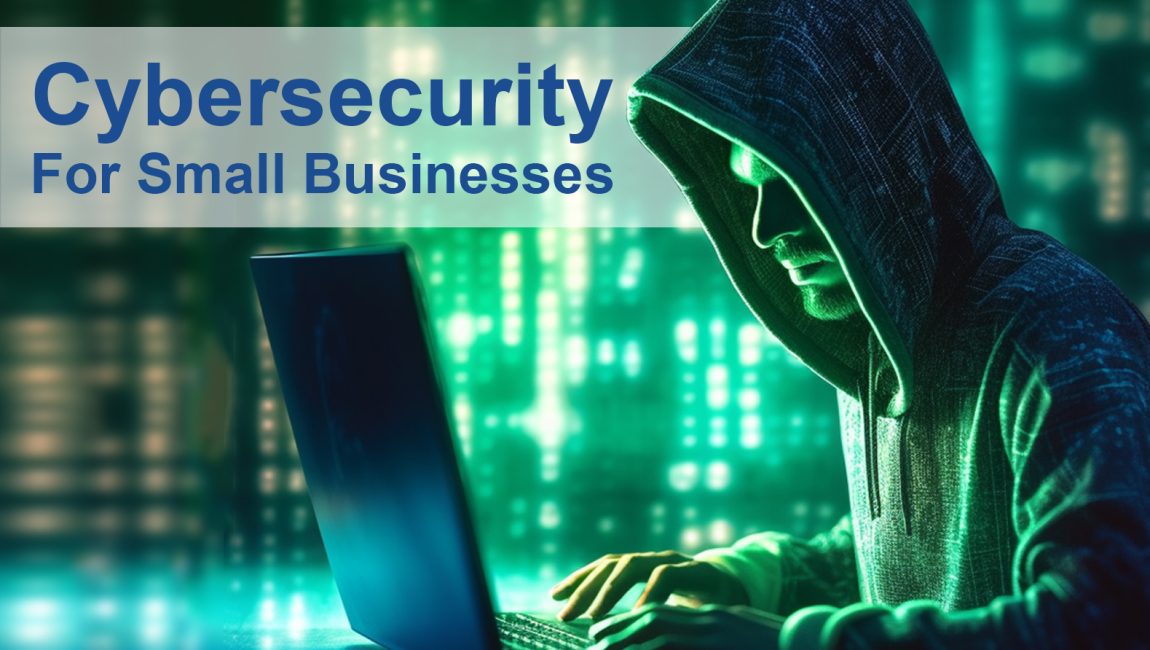In today’s digital age, cybersecurity has become a critical concern for individuals, small and big businesses, as well as governments.
With the increasing reliance on technology and the internet, the potential for cyberattacks and data breaches has grown exponentially.
Cybersecurity threats are malicious acts intended to steal or damage data or disrupt the digital well-being and stability of an enterprise.
There are many types of cybersecurity threats, such as:
Malware attack: A malicious software that infects a device or network and performs harmful actions, such as deleting or encrypting data, spying on users, or hijacking system resources.
Social engineering attack: A manipulation technique that exploits human psychology and emotions to trick users into revealing sensitive information or performing actions that compromise security.
Software supply chain attack: The compromise of a software vendor or distributor that allows attackers to insert malicious codes into legitimate software products or updates.
Advanced persistent threat (APT): A stealthy and long-term attack that infiltrates a network and remains undetected for a prolonged period of time, often with the aim of stealing data or sabotaging operations.
Distributed denial of service (DDoS): A flood of traffic that overwhelms a server or network to prevent it from functioning properly or serving legitimate requests.
Man-in-the-middle attack (MitM): An interception of the communications between two parties by a third party who can eavesdrop, alter, or redirect the traffic.
Password attack: A brute-force or guessing attempt to crack a user’s password, so as to gain unauthorized access to their accounts or systems.
Injection attack: A type of attack that exploits a vulnerability in an application or database that allows an attacker to execute malicious commands or queries.
These are just some of the more common types of cybersecurity threats. Big businesses and governments usually have the skilled manpower, technical resources and money to deal with them.
However, more often than not, it is the small businesses that suffer the most. Thus, it is very important to be aware of the risks and to take steps to protect the business from cyber-attacks.
Here are some tips that small businesses can follow for cybersecurity:
- Train your employees: Make sure your employees are trained in basic cybersecurity best practices such as creating strong passwords, identifying phishing emails, and avoiding suspicious links.
- Use strong passwords: Ensure that all passwords used for company accounts and devices are complex, unique, and are changed frequently.
- Keep software up-to-date: Regularly update your software and systems to ensure they are protected from known vulnerabilities and exploits.
- Use anti-virus software: Install anti-virus software on all computers and devices used for business purposes to detect and prevent malware infections.
- Encrypt sensitive data: Use encryption technology to protect sensitive information such as financial records and customer data.
- Limit access to data: Only grant access to sensitive data to those who need it in the course of their job, and make sure employees do not share login credentials.
- Use two-factor authentication (2FA): Require two-factor authentication for all company accounts and devices to prevent unauthorized access.
- Back up data: Regularly back up important data to an external hard drive or cloud storage service to protect against data loss due to cyber-attacks.
- Have an incident response plan: Create a plan outlining how your business will respond to a cyber-attack, including whom to contact and what steps to take to mitigate the damage.
- Get cyber insurance: Consider getting cyber insurance to protect your business in the event of a cyber-attack or data breach.
By following these tips, small businesses can help protect themselves from cyber-attacks and safeguard their valuable data.

